Anything to win.
It is the fall of 1968.
Republican presidential nominee Richard Nixon’s early lead in the polls is evaporating.
Vice President Hubert Humphrey, his Democratic opponent, is steadily gaining ground.
And President Lyndon Johnson is pursuing negotiations which would end the Vietnam War, the number one issue in the campaign.
But Nixon is determined to win.
So, he creates a communications back-channel with the governments of North Vietnam and South Vietnam.
His objective: deprive Humphrey of any last-minute boost in the election that peace talks might bring.
Nixon’s emissary tells both governments that, no matter what the Johnson administration might offer them to make peace, they will get a better deal from Nixon, once he was in the Oval Office.
‘So, hold off on peace talks,’ they are told.
And they did.

Johnson was equally determined to bring peace to Vietnam before he left office in January.
His legacy was on the line.
And by mid-October 1968, he had reached an agreement among all of the parties on the terms for the peace talks.
Aides told Johnson that North Vietnam was ‘hurting' and he should press ahead quickly.
So, he did.
Both Nixon and Humphrey had been kept in the loop and Nixon had said he supported Johnson’s peace efforts.
But at the end of October 1968, South Vietnam suddenly pulled out of the talks.
Nixon’s back channel initiative had worked.1

Nixon’s effort had begun with a July meeting in his New York apartment which included the South Vietnamese ambassador to the US and a Chines-American anticommunist activist.
In the meeting, Nixon told the activist to work with the ambassador to create a communications back-channel with the South Vietnamese president.2
And she did.

The South Vietnamese president withdrew from the peace talks in response to the pleas he received from the ambassador.
Johnson discovered the back-channel through intercepted embassy cables and FBI wiretaps.
Johnson discussed Nixon’s back-channel with Everett Dirksen, the Republican Senate Minority Leader.
Johnson:
“I think it would shock America if a principal candidate was playing with a source like this on a matter of this importance.
“I know who they’re talking to.
“I know what they’re saying.
“They’re contacting a foreign power in the middle of a war.
“It’s a damn bad mistake. And they oughtn’t to be doing this.
“This is treason.”
Dirksen: “I know.”
Then Dirksen told Nixon that Johnson knew what he was doing.
So, Nixon phoned Johnson.
Johnson: “Yes, Dick.”
Nixon:
“I just wanted you to know that I got a report from Everett Dirksen with regard to your call.
“I feel very, very strongly about this.
“Any rumblings around about somebody trying to sabotage the Saigon government’s attitude, there’s absolutely no credibility as far as I’m concerned.”
Johnson, possessing the intelligence intercepts, did not believe Nixon’s denial.
And wiretaps showed that Nixon’s efforts continued.
When reporters got hints about the Nixon sabotage efforts White House officials refused to comment.
Johnson and his advisors were concerned the information would harm US interests, and Humphrey agreed, even though disclosure might have boosted his election chances.




Among the more than 500,000 US troops then serving in Vietnam were John McCain, Colin Powell, John Kerry and Robert Mueller.
And the rest is history:
Nixon defeated Humphrey in the November election by about 500,000 votes, or less than one percent of the ballots cast.
The peace talks remained stalled throughout 1968, but restarted secretly, in August 1969, under the direction of President Nixon and his Secretary of State, Henry Kissinger.
The Paris Peace Accords, ending the US combat role in Vietnam, were finally signed in January 1973 and most American troops were brought home from Vietnam within a few months.
And on April 30, 1975, the day that South Vietnam fell to the North Vietnamese Army, Richard Nixon was a private citizen, living in disgrace in San Clemente, California.
Legal bills and back taxes had forced him to sell his Florida properties and health problems had put him in the hospital soon after his 1974 resignation.
But he would rally in a couple of years, writing nine books and positioning himself as an elder statesman.
For many, ‘Nixon was still the one.’
******************************
I’ll see you tomorrow.
— Brenda
Banner image: Nixon and LBJ at the White House, July 1968.
Nixon defenders claim that i) his efforts were no different than what other presidential candidates have done, and ii) the prospects for peace in Vietnam in 1968 were nonexistent, leaving nothing of substance for Nixon to manipulate for his advantage.
Less is known about Nixon’s communications channel to North Vietnam. It has been alleged that a group of New York investment bankers were aware of this channel. They claim Nixon told the North Vietnamese he’d accept any peace proposal they put forward and blame any domestic uproar over unfavorable terms on the outgoing Johnson administration.



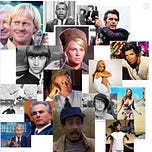


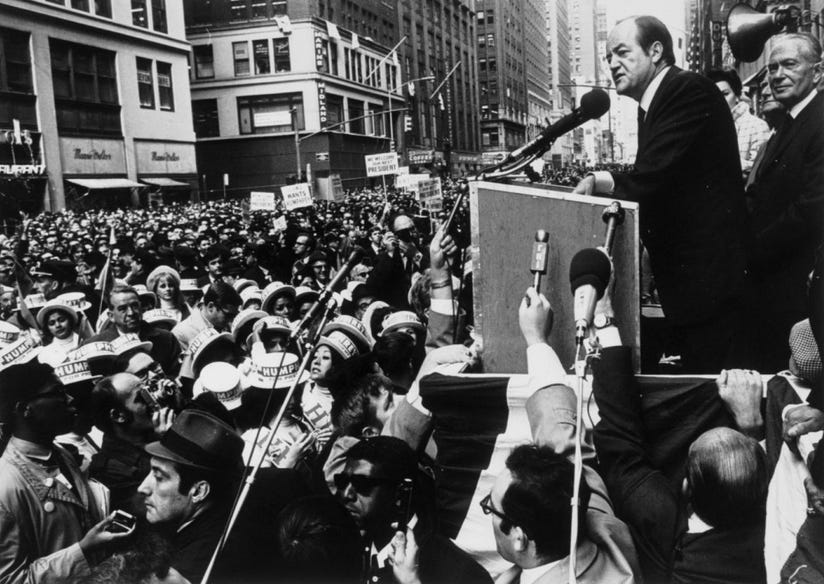


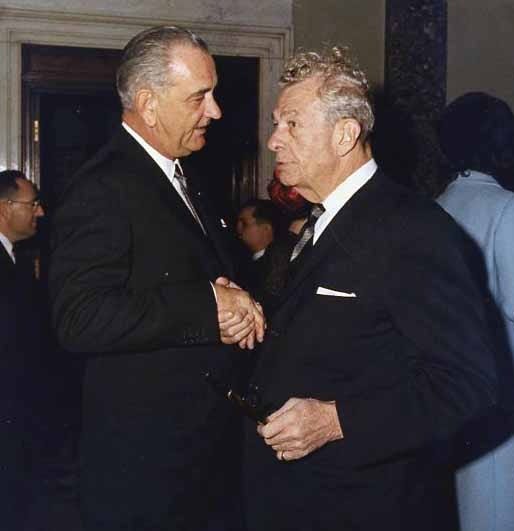









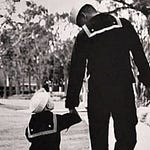
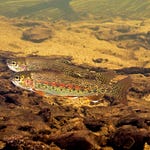
Share this post